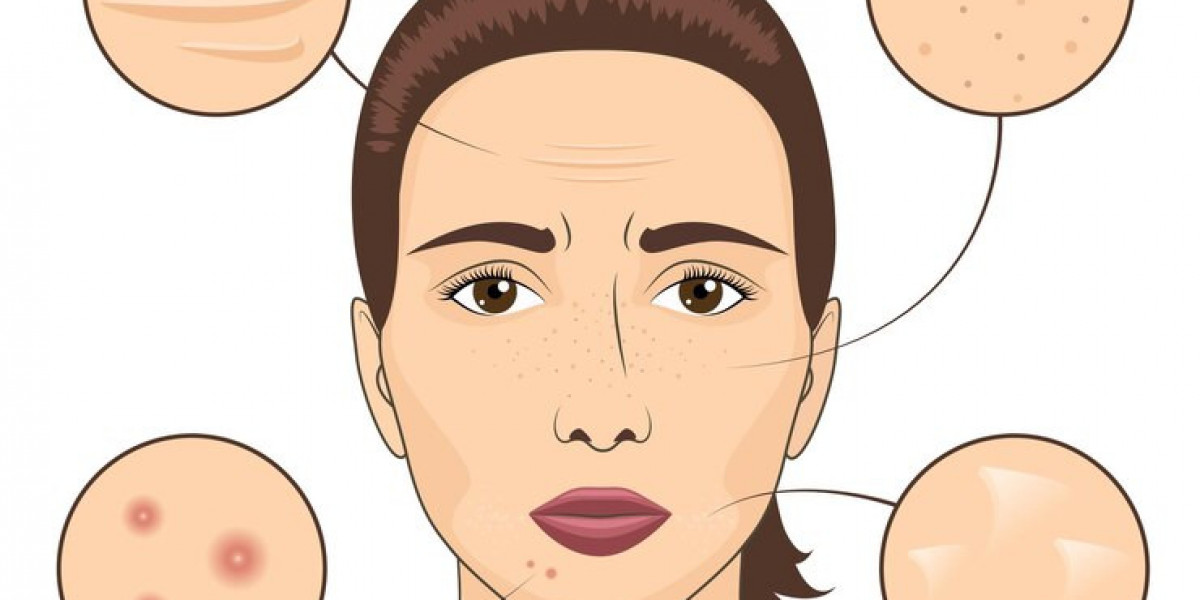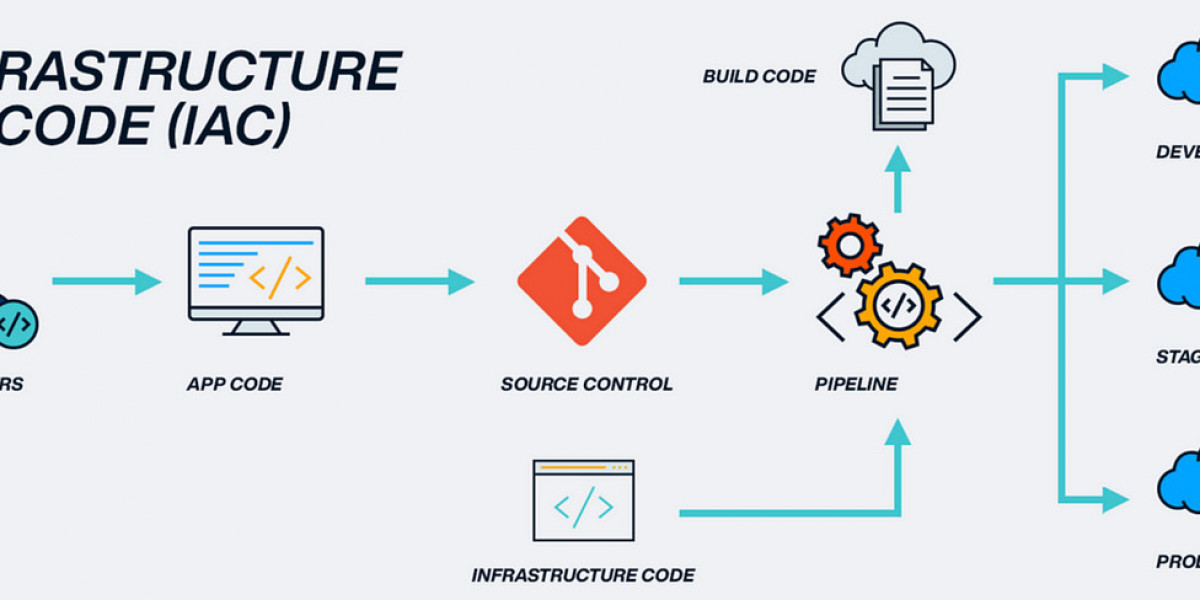Learn About the Causes, Symptoms, and Prevention of This Common Sun-Induced Skin Condition
Actinic Keratosis (AK) are precancerous, scaly patches on the skin that occur from long-term sun exposure. AK lesions usually appear on skin areas that are often exposed to the sun such as the face, ears, bald scalp, forearms, the back of the hands, and lower lips. The more risk factors someone has for skin cancer, the more likely they are to develop multiple AK lesions. Risk factors include: fair skin, frequent sun exposure, past sunburns, outdoor occupations, immunosuppression, etc. While AK is considered precancerous, only a small percentage (about 10%) will actually progress to squamous cell carcinoma (SCC) if left untreated. However, the presence of AK lesions does increase an individual's risk of later developing SCC.
Symptoms and Appearance of Actinic Keratosis
The common signs and symptoms of Actinic Keratosis include scaly or crusty skin lesions that may be pink, skin-colored or brown in appearance. The lesions can range in size from less than 3 mm to over 10 mm and may feel rough, dry or thickened to the touch. The borders of individual AK lesions are generally indistinct and partially raised above normal skin level. Single lesions are common but multiple AK patches commonly develop in areas with long-term sun exposure. AK should be evaluated and treated as they can potentially worsen and become squamous cell carcinoma over time if left untreated.
Get More Insights On- Actinic Keratosis






